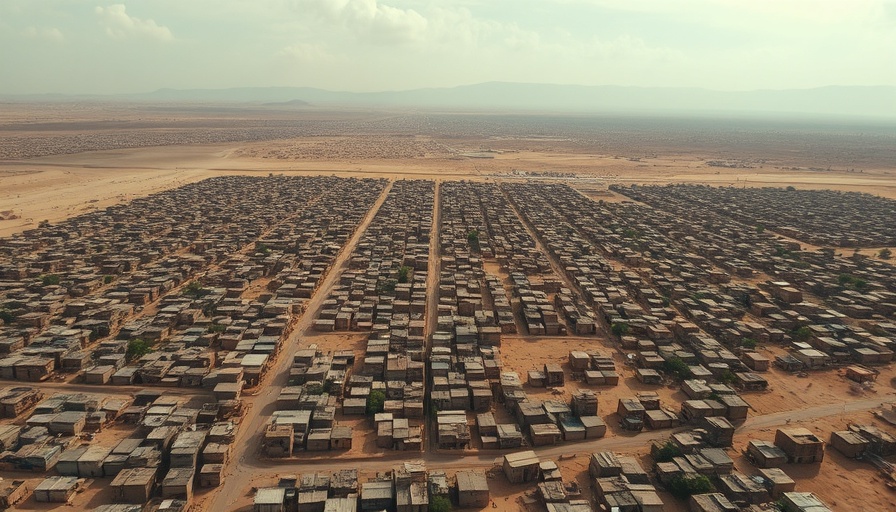
The Unseen Potential of Fog Harvesting in Arid Cities
Recent research highlights an innovative approach to water scarcity in some of the world's driest regions. The study, conducted in Alto Hospicio, Chile—a city situated in the notoriously arid Atacama Desert—aims to shed light on the largely untapped resource of fog. A meager annual rainfall of less than 0.19 inches (or 5 mm) leaves residents relying heavily on underground aquifers that have not replenished in thousands of years.
What is Fog Harvesting?
Fog harvesting involves capturing moisture from fog using a fine mesh. When gripping fog-laden air moves through this mesh, tiny droplets of water coalesce, becoming harvestable liquid. Standard Fog Collectors (SFCs) are simply designed mesh devices that funnel this collected water into tanks for storage. This straightforward yet effective technology isn’t just for rural settings anymore, as this research has determined the viability of implementing these systems in urban environments.
Emerging Insights from the Study
According to the research, conducted over a year, the fog collection method can yield substantial water amounts, with the potential to collect up to 10 liters per square meter on particularly foggy days. Throughout the year, averages ranged between 0.2 and 4.9 liters per square meter daily. Early morning hours proved most fruitful, with collections peaking around 140 milliliters every 10 minutes from midnight to 9 AM.
Benefits Beyond Drinking Water
Beyond providing direct potable water, harvested fog can play a crucial role in agricultural practices. The researchers estimate that with only 17,000 square meters of mesh, it could meet a substantial portion of the water needs for hydroponic gardening, producing up to 44 pounds (20 kilograms) of vegetables monthly. This not only aids food security but also reinforces urban resilience in the face of climate change.
A Call for Broader Adoption
The findings advocate for policymakers to recognize fog harvesting as a practical solution in urban water strategies, combining it with existing systems to tackle growing water demand spurred by population increases and changing climates. Dr. Virginia Carter Gamberini, the study's co-author, emphasized the necessity of integrating these systems into national water resource management agendas, as cities face escalating challenges in securing sustainable water supplies.
As discussed in related research, advancing technologies like fog harvesting can complement existing urban water systems, offering a pathway toward sustainability in increasingly water-scarce environments.
 Add Row
Add Row  Add
Add 




Write A Comment